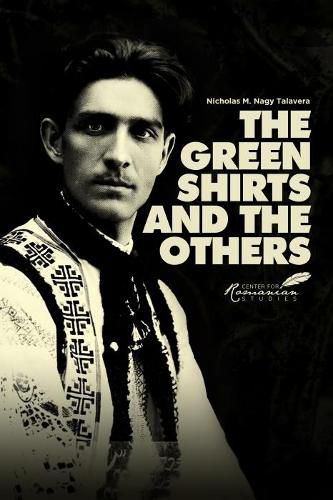Readings Newsletter
Become a Readings Member to make your shopping experience even easier.
Sign in or sign up for free!
You’re not far away from qualifying for FREE standard shipping within Australia
You’ve qualified for FREE standard shipping within Australia
The cart is loading…






This is a newly revised edition of Nicholas M. Nagy-Talavera’s classic work published in 1970. It is the standard work in English on the history of fascism in Romania and Hungary.
The Green Shirts and the Others is the first comprehensive and comparative work in English on the history of the fascist movements in these two countries. The author presents an objective account of their history from 1918 to 1945 and the role of fascist movements during these years. He considers the rise of these movements, the Arrow Cross in Hungary and the Legion of the Archangel Michael in Romania. He considers their evolution and growth during the interwar period, as well as during the tragic periods in which each movement came to power in its respective country. The author then draws conclusions and parallels from the comparative history of the two movements.
$9.00 standard shipping within Australia
FREE standard shipping within Australia for orders over $100.00
Express & International shipping calculated at checkout
This is a newly revised edition of Nicholas M. Nagy-Talavera’s classic work published in 1970. It is the standard work in English on the history of fascism in Romania and Hungary.
The Green Shirts and the Others is the first comprehensive and comparative work in English on the history of the fascist movements in these two countries. The author presents an objective account of their history from 1918 to 1945 and the role of fascist movements during these years. He considers the rise of these movements, the Arrow Cross in Hungary and the Legion of the Archangel Michael in Romania. He considers their evolution and growth during the interwar period, as well as during the tragic periods in which each movement came to power in its respective country. The author then draws conclusions and parallels from the comparative history of the two movements.